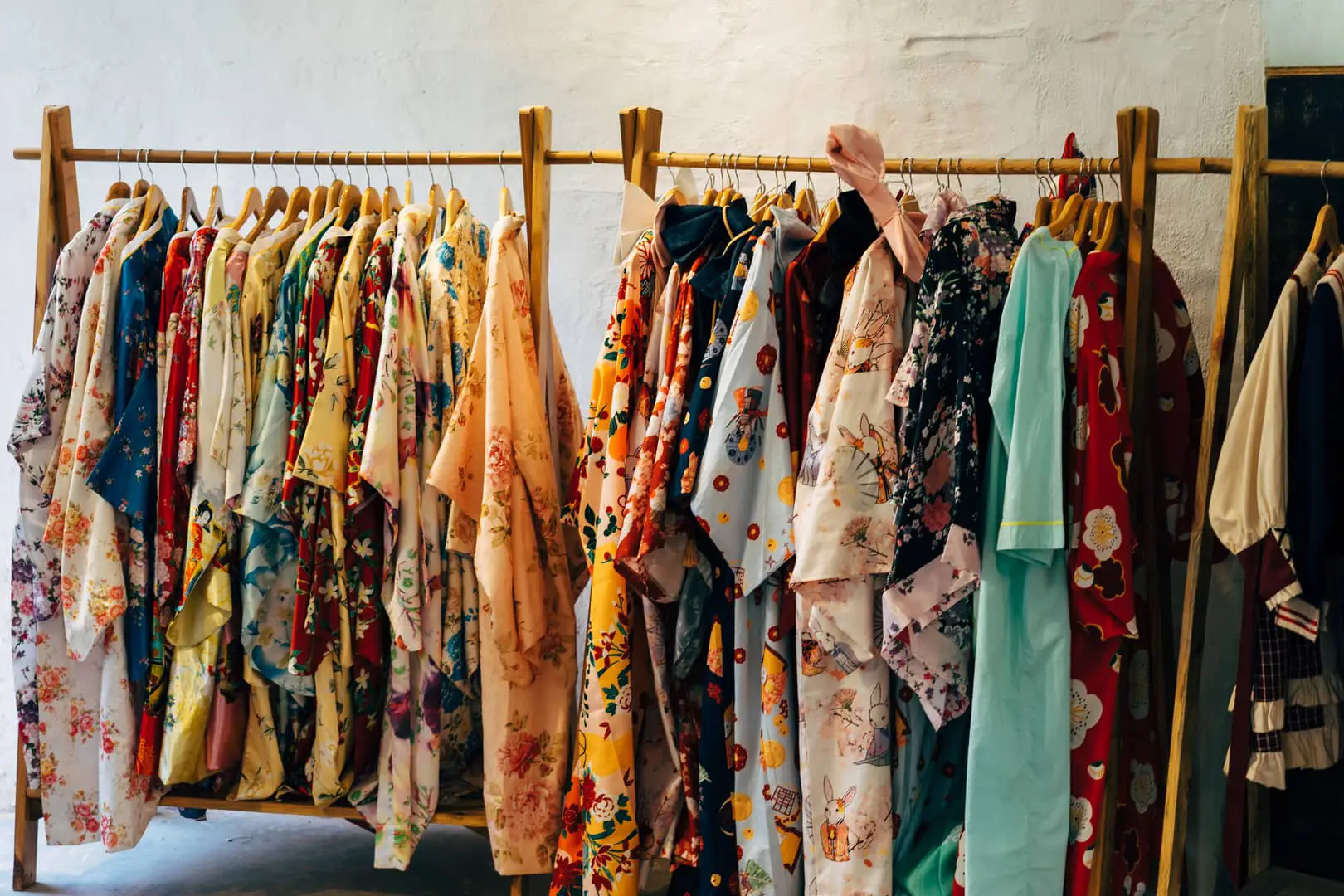Second-hand luxury fashion thrives as Ozempic users purge their closets
The rise of Ozempic, a popular medication for weight loss, has had a surprising ripple effect on the fashion industry: an increased influx of high-end second-hand luxury fashion. As users of Ozempic experience significant weight loss and make changes to their wardrobes, the second-hand luxury market is booming. Here’s a closer look at this emerging trend and what it means for both fashion consumers and the second-hand market.
The Ozempic Effect
Ozempic, originally developed for managing type 2 diabetes, has gained notoriety for its effectiveness in weight loss. As more people turn to this medication to shed pounds, many are finding that their once-beloved designer clothing no longer fits. This has led to a surge in high-end second-hand items flooding the market, as individuals seek to sell or donate their former wardrobe staples.
Impacts on the Second-Hand Luxury Market
- Increased Inventory: The influx of luxury items from former Ozempic users has led to a significant increase in inventory for second-hand luxury retailers. High-end brands such as Chanel, Gucci, and Louis Vuitton are now more accessible to consumers seeking affordable luxury options.
- Rising Demand: As more consumers become aware of the availability of pre-owned luxury fashion, demand for second-hand items is rising. Shoppers are drawn to the idea of purchasing designer pieces at a fraction of the original price, contributing to the growth of this market segment.
- Sustainability Focus: The trend also aligns with growing consumer interest in sustainability and ethical fashion. Buying second-hand luxury items is seen as a more environmentally friendly choice, appealing to eco-conscious shoppers who want to reduce their fashion footprint.
- New Retail Opportunities: The boom in second-hand luxury fashion presents new opportunities for retailers specializing in pre-owned items. Online platforms and brick-and-mortar stores dedicated to luxury resale are expanding their offerings and marketing strategies to cater to the increased inventory and demand.






Benefits for Sellers and Buyers
- For Sellers: Individuals who have experienced significant weight loss can benefit financially by selling their high-end clothing. This allows them to recoup some of the initial investment and make room for new items that better fit their current size.
- For Buyers: Shoppers looking for luxury fashion at more accessible prices can take advantage of the increased availability of second-hand items. They can find high-quality, designer pieces that are often in excellent condition, offering a cost-effective way to enhance their wardrobe.
Challenges and Considerations
- Authenticity and Quality: As the second-hand luxury market grows, ensuring the authenticity and quality of items becomes crucial. Both sellers and buyers must be diligent in verifying the legitimacy of designer pieces to avoid counterfeit products.
- Market Saturation: An influx of second-hand luxury items might lead to market saturation, which could affect resale values and create challenges for sellers in pricing their items competitively.
- Consumer Preferences: The shift in consumer preferences towards second-hand luxury may also impact traditional retail and new luxury fashion sales. Brands may need to adapt their strategies to address changing consumer behaviors and expectations.











Conclusion
The surge in second-hand luxury fashion driven by Ozempic users shedding their old wardrobes is reshaping the luxury retail landscape. This trend not only provides financial benefits to those who have undergone significant weight loss but also offers consumers increased access to affordable, high-quality fashion. As the second-hand luxury market continues to grow, it highlights a broader shift towards sustainability and cost-conscious luxury shopping.
For both sellers and buyers, navigating this evolving market will require attention to authenticity, quality, and changing consumer trends. Nonetheless, the growing prominence of second-hand luxury fashion reflects a dynamic and adaptive fashion industry, responding to new influences and opportunities.




